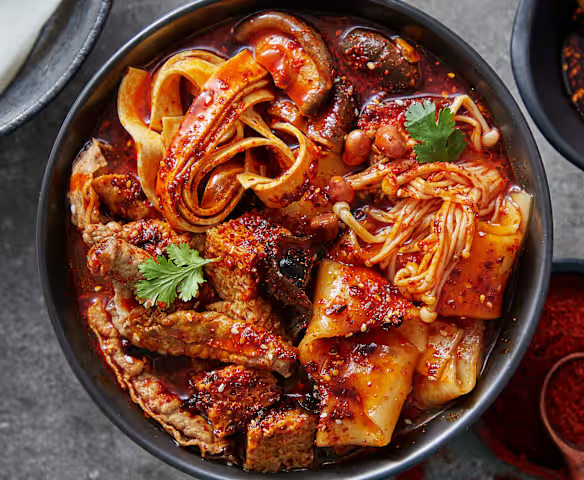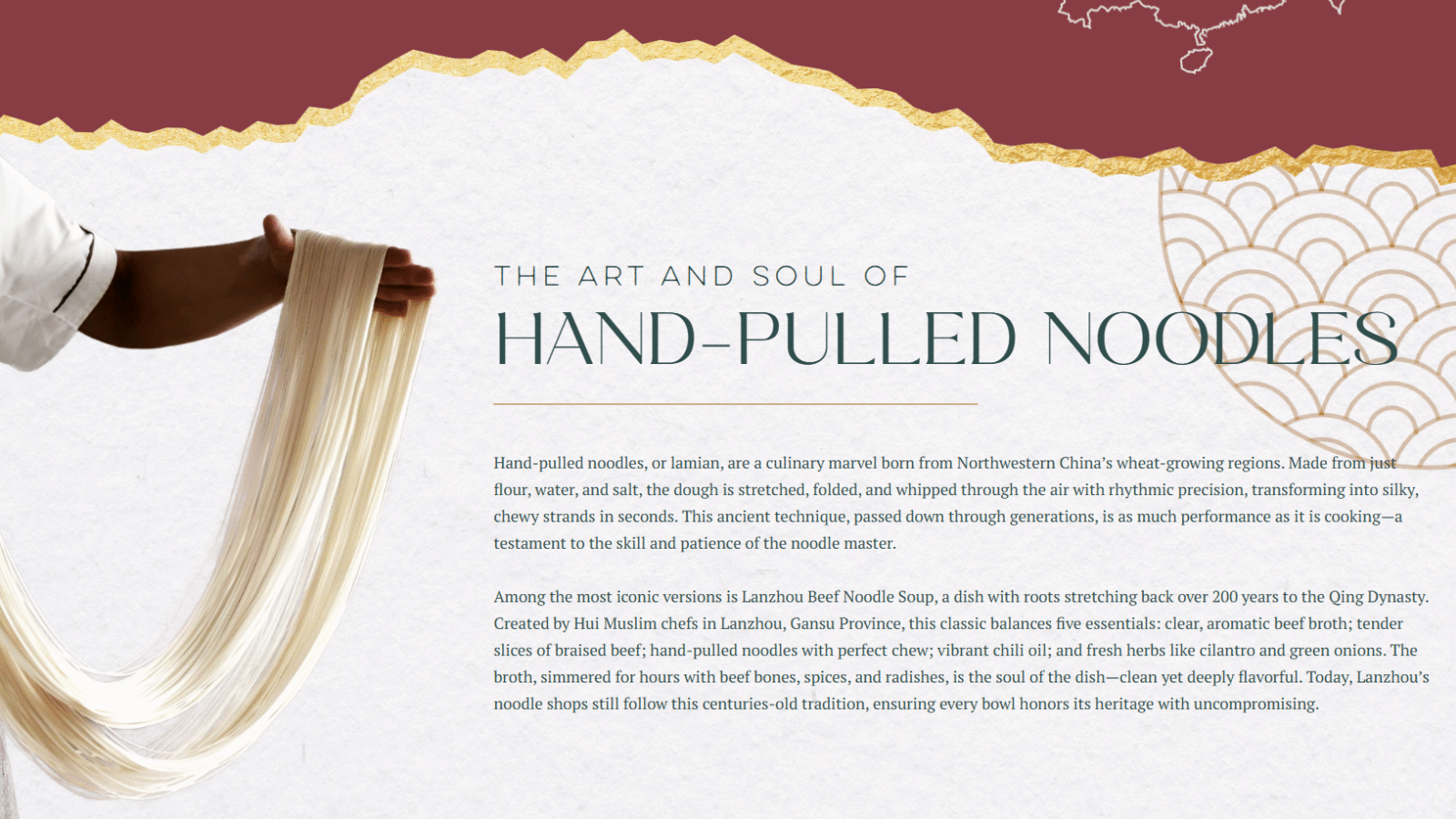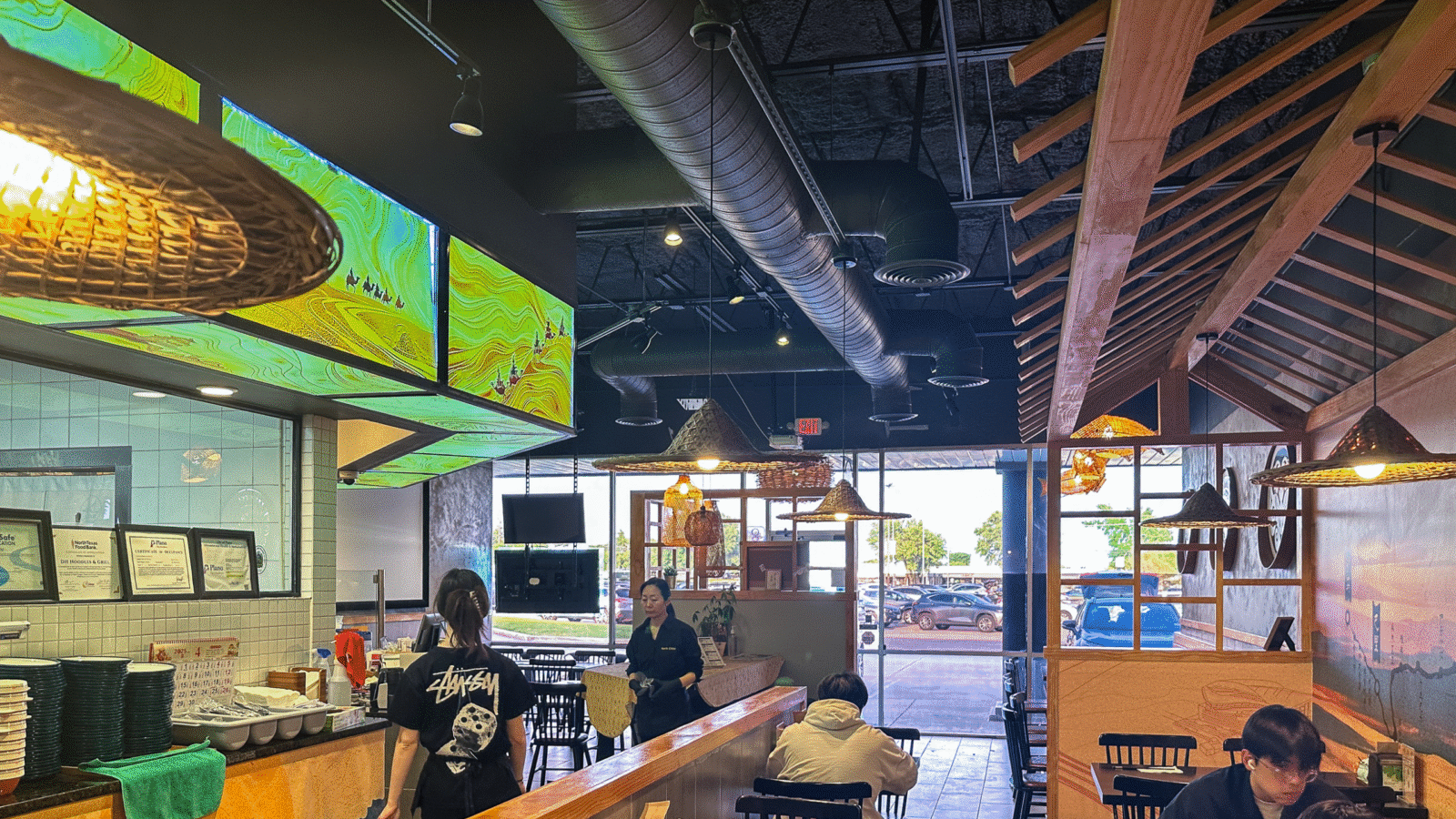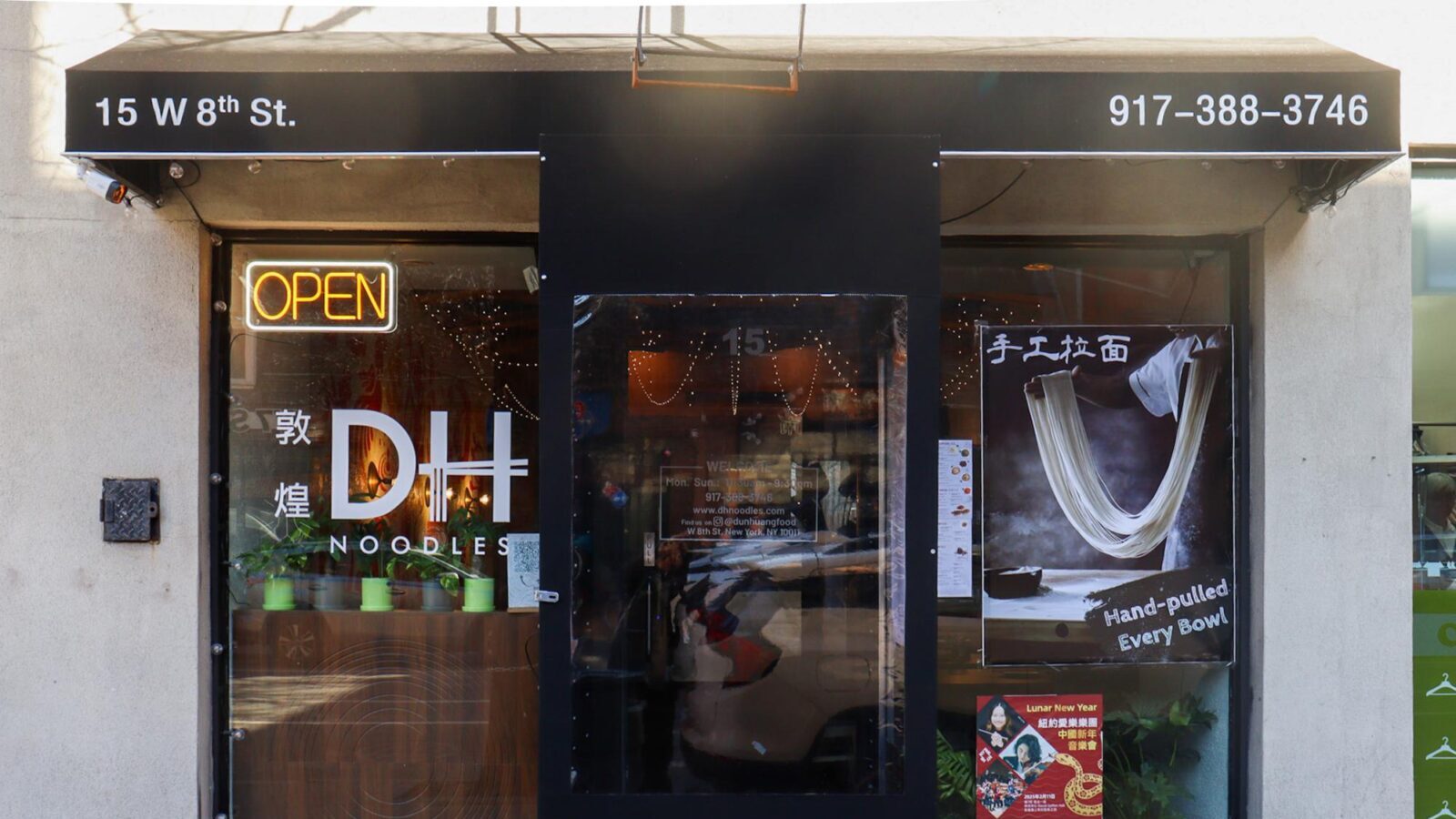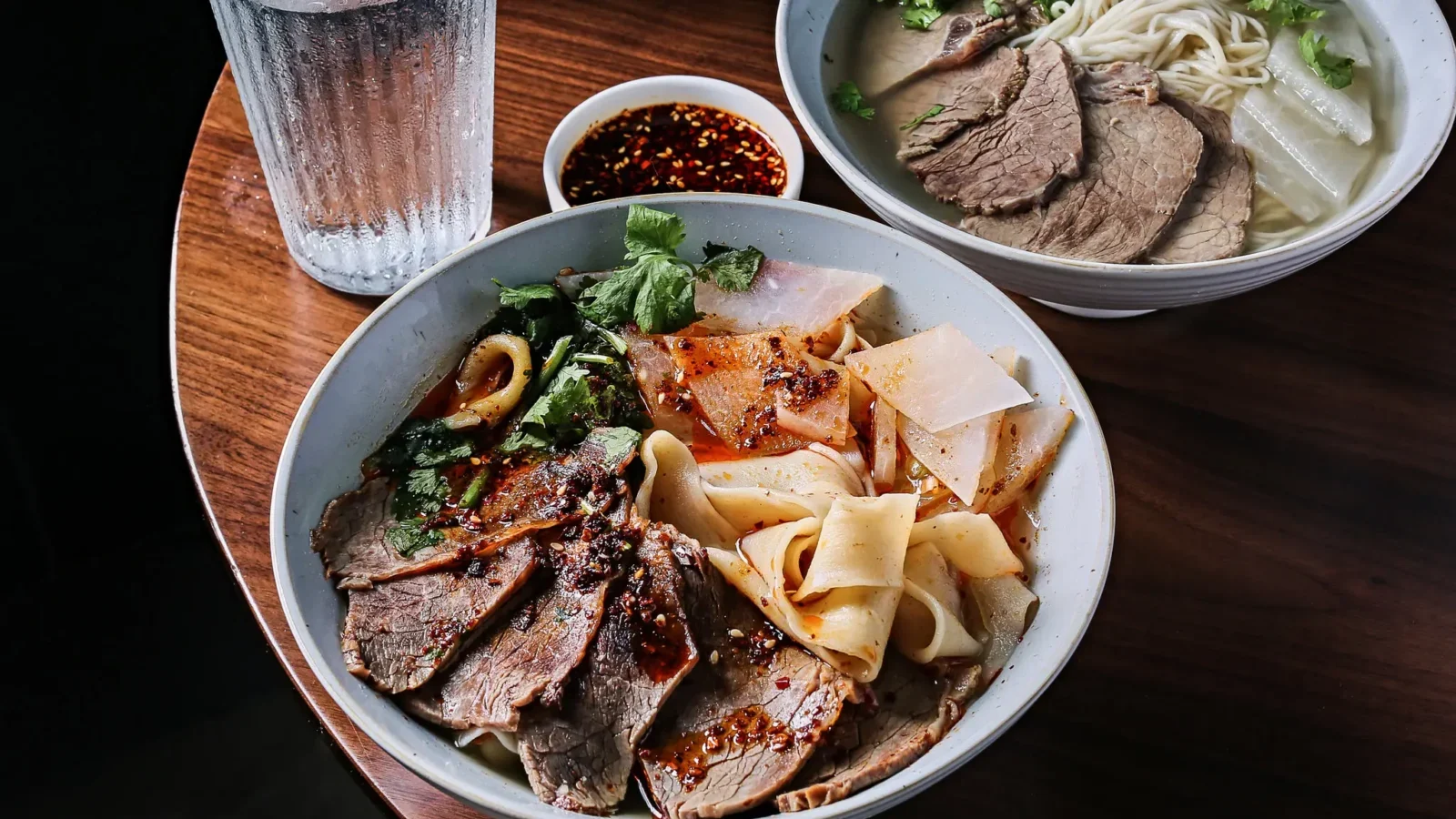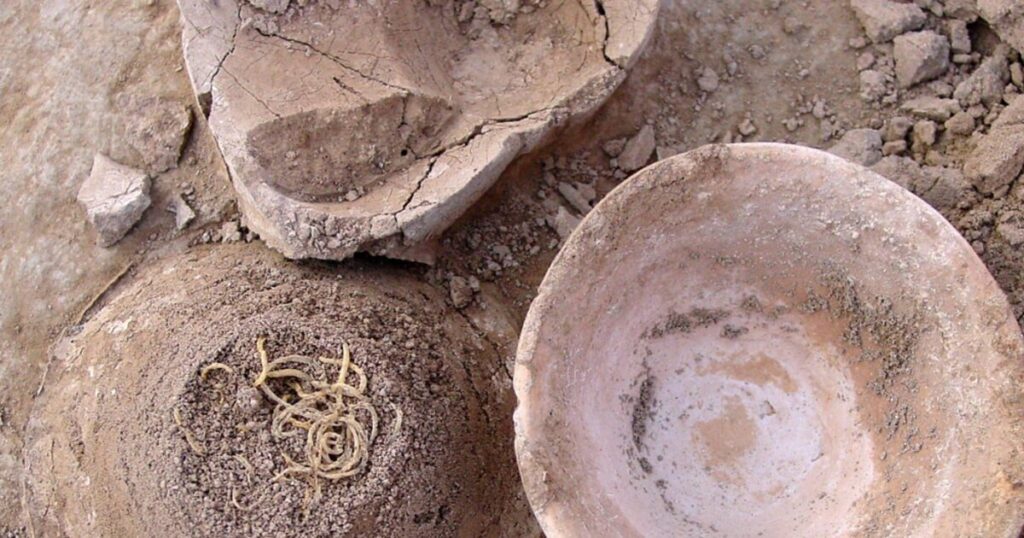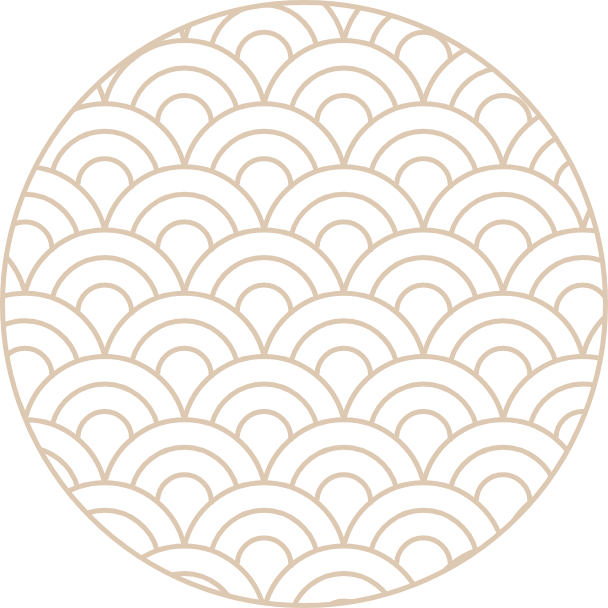The discovery of a 4,000-year-old bowl of noodles at the Lajia archaeological site in Qinghai Province has forever reshaped our understanding of the humble noodle’s origins. Unearthed beneath three meters of sediment in an overturned ceramic bowl, these brittle, yellow strands bear a striking resemblance—both in color and slender, hand-pulled form—to today’s lamian (hand-pulled) noodles. Radiocarbon dating places them squarely in the late Neolithic Qijia culture, making them the oldest empirical evidence of noodles anywhere in the world.
Lajia, a key settlement of the Qijia culture (c. 2300–1500 BCE), sits along the upper reaches of the Yellow River. It flourished as an agrarian community until a catastrophic flood—likely triggered by an earthquake—sealed its fate and, fortuitously, preserved the delicate noodle strands. Excavated in 2002, the site yielded not only the noodles but also tools, pottery, and plant remains that illuminate a sophisticated late Neolithic society. Its sealed context and remarkable preservation speak to both the suddenness of the disaster and the resilience of ceramic vessels as time capsules.
Physically, the Lajia noodles measure roughly 3 mm in diameter and extend over 50 cm in total length, coiled compactly beneath the bowl’s rim. Their striking yellow hue likely derives from the millets used in their production. Modern analysis suggests these Neolithic cooks stretched a simple millet-based dough by hand, much like the techniques still employed in Lanzhou’s hand-pulled noodle houses today. The strands’ slenderness and uniformity hint at a practiced hand, suggesting that noodle-making was already an established culinary craft by 2000 BCE.
What were these ancient noodles made of? Early studies identified abundant foxtail and broomcorn millet phytoliths, while later experiments revealed that millet alone could not yield a cohesive dough—hinting at the inclusion of other starches, perhaps barley or wheat. This compositional complexity, confirmed by starch-grain analyses, indicates that Neolithic cooks were innovating with available domesticates to perfect texture and elasticity—an endeavor echoed today in the delicate balance of flour, water, and sometimes alkaline salts that defines modern la-mian.
In China, noodles are more than mere sustenance; they carry deep cultural resonance as symbols of longevity, unity, and well-being, much as pasta holds a cherished place in European traditions. Italy’s 20 % production surge in 2022 underscores pasta’s centrality in daily life, from family Sunday lunches to festive gatherings. Likewise, China’s noodle culture spans regional styles—from Shaanxi’s wide biangbiang to Lanzhou’s clear-broth beef noodles—each thread tying modern diners back to their Neolithic forebears.
The art of hand-pulling noodles (lāmiàn) embodies millennia of continuity and refinement. A lump of wheat dough is repeatedly stretched, folded, and spun into dozens of sinuous strands, aligning gluten networks and building tensile strength. Each “pull” doubles strand count while halving thickness, culminating in lengths that span an arm’s reach. This kinetic craft, documented in Qinghai 4,000 years ago, survives in bustling urban shops today, where master pullers transform raw dough into supple noodles in mere seconds.
Across Asia and beyond, noodles have diversified into an astonishing array of forms and flavors: Vietnamese pho, Japanese ramen, Thai pad thai, and Korean japchae, to name but a few. Even within China, the noodle continuum stretches from hand-shaved dao xiao mian to knife-cut daoxiao noodles and the regionally famed Biangbiang. Global compilations of noodle recipes celebrate this diversity, showcasing how a simple dough has spawned countless culinary innovations—from stir-fries to soups, hand-pulled strands to finely extruded pastas.
The link between Lajia’s Neolithic strands and today’s lamian shops speaks to a remarkable culinary lineage: a single, versatile food form enduring through natural disasters, dynastic changes, and globalization. By tracing fresh, hand-pulled noodles back to their ancient millet roots, we honor both the ingenuity of early farmers and the living traditions of modern noodle artisans. With every bowl of silky, chewy noodle served, we celebrate a legacy that began on the windswept terraces of Qinghai and continues to weave through kitchens and dining tables around the world.

